
 Instagram
Instagram
Related products
What Does A Verruca Look Like?

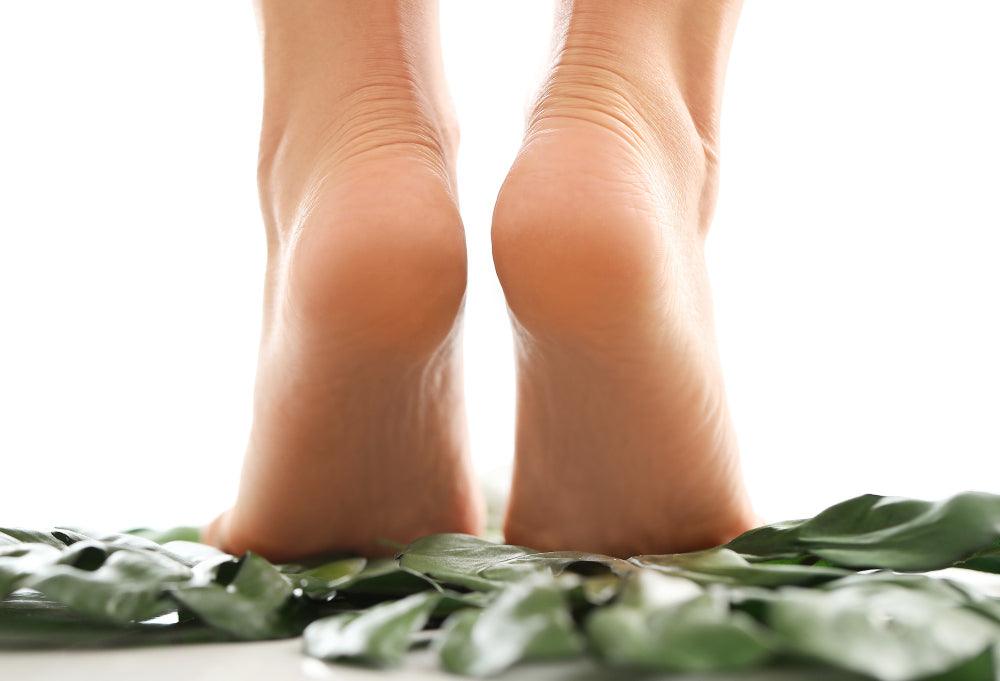
Related products
Understanding what a verruca looks like is crucial not just for identifying the condition but also for determining the next course of action—whether it's monitoring, home treatment, or professional medical intervention. Verrucas are a type of wart caused by the human papillomavirus (HPV), specifically located on the soles of the feet. They often appear flat due to pressure from walking and can be easily confused with other skin issues such as corns, calluses, or athlete’s foot. This comprehensive guide explains how to recognize a verruca visually and physically, what symptoms accompany it, and how it differs from other types of skin lesions.
What Causes Verrucas?
Verrucas, or plantar warts, are caused by the human papillomavirus (HPV), a resilient virus that commonly resides on the surface of the skin. This virus is usually harmless but becomes problematic when it enters the body through small breaks in the skin. When the immune system is compromised—whether due to conditions like HIV, flu, or malnutrition—the body may struggle to fight off the virus. In such cases, the virus settles in and triggers the formation of a wart.
A wart may appear as a single growth or, in some cases, multiple warts can group together, forming mosaic warts. The infection usually remains localized but can cause the skin to become rough and thickened as the wart grows.
For those looking to explore a wide variety of skin care products that can help with the treatment of verrucas and other skin conditions, check out the Skin Care. These products are designed to keep your skin healthy and hydrated, providing relief during and after wart treatments.
Recognizing the Core Visual Traits of a Verruca
General Size and Shape Overview
Verrucas vary in size but typically range between 1 mm to 10 mm in diameter. While some may stay small and localized, others can grow larger and spread, especially in individuals with weakened immune responses or delayed treatment. The shape is usually circular or oval, and unlike common warts that rise above the skin, verrucas appear flat or slightly depressed due to being pushed inward by body weight.
Surface Texture and Feel
A verruca generally has a rough and grainy texture that resembles a cauliflower surface. The skin may appear flaky or scaly. Often, the center is softer and moist, surrounded by harder, thickened skin. This surrounding callus develops because of the body’s attempt to protect the area under continuous pressure. When touched, verrucas often feel firm to the touch but may be painful, especially if pinched from the sides or stepped on.
Signature Black Dots: A Key Identifier
One of the most distinct features of a verruca is the appearance of tiny black dots in the center. These dots are actually tiny blood vessels that have become clotted. They form as the wart interrupts the normal flow of capillaries under the skin. While many people mistakenly think these are dirt particles, they are actually a strong indicator that the lesion is a verruca and not a corn or blister.
How Foot Pressure Influences Verruca Appearance
Flat Profile Due to Weight Bearing
Unlike warts on hands or knees which protrude, verrucas are flattened into the skin. This happens because they develop on the soles of the feet—areas subject to constant pressure from walking, standing, and exercising. Over time, this pressure can cause the verruca to sink into the skin, making it harder to see visually but more painful due to nerve compression.
Crater-Like Depression in the Center
As the verruca is pressed downwards, it may create a central depression or a "crater-like" hole. The rim becomes more pronounced and hardened. In some cases, the depression is filled with keratin or callus, obscuring the true extent of the wart. Careful examination or filing the surface may reveal the black pinpoint vessels and the true core structure.
Skin Line Disruption: A Diagnostic Clue
Unlike normal skin growths, verrucas interrupt the natural lines and ridges (dermatoglyphics) on the sole of the foot. Skin conditions like corns or calluses do not interrupt these lines—they form over them. In verrucas, however, the virus disrupts the structure of the epidermis, causing an abrupt halt in the pattern. Dermatologists often use this trait as a diagnostic tool to distinguish between viral warts and other hyperkeratotic lesions.
Variations in Appearance Based on Location
Heel and Forefoot Verrucas
These are often thickest due to the sheer pressure and friction from walking. They may look more embedded and come with a larger surrounding area of callused skin. Pain levels tend to be higher due to pressure from body weight during every step.
Verrucas Between Toes
Verrucas that form in moist areas between the toes may look less keratinized and more macerated. They might appear softer, white or grayish in color, and are sometimes mistaken for fungal infections like athlete’s foot. These verrucas are typically more painful because of friction, constant movement, and confined space.
Side-of-Foot Verrucas
These verrucas may develop in areas that rub against shoes, such as the arch or outer edge. Visually, they may appear more like blisters or calluses initially, but close inspection will reveal the rough texture and dot pattern.
Advanced Verruca Formations: Mosaic and Cluster Types
Mosaic Verrucas Explained
A mosaic verruca is a collection of multiple verrucas that have merged together to form a larger lesion. These can span across several centimeters and often cover wide sections of the sole. They appear as flat, patchy areas with multiple black dots scattered throughout a rough, pale surface. They are more likely to be found in individuals who delay treatment or have reduced immune responses.
Cluster Patterns and Secondary Infections
In some cases, verrucas can form clusters that aren’t fully fused. These individual warts may appear around a larger central lesion, resembling a flower or solar flare pattern. These clusters may increase the risk of bacterial infection, especially when they cause cracking or bleeding.
How Knowing What a Verruca Looks Like Helps You Choose the Right Treatment
Identifying a verruca by its appearance—such as rough skin, black dots, and pain on pressure—can help you select the most effective home treatment. Once you know what stage or type of verruca you’re dealing with, you can match it with a product designed for that condition. Below are five trusted home-use treatments, structured for easy comparison based on their suitability and function.
Bazuka Gel 5g

For well-developed verrucas with thick, callused skin and deep pain, this gel provides focused relief.
-
Contains salicylic acid to soften and break down tough wart tissue
-
Forms a water-resistant layer to keep medication in place
-
Ideal for deep verrucas on high-pressure areas like the heel
-
Recommended for stubborn or long-standing warts
Best for new or early-stage verrucas that have not yet hardened significantly.
-
Uses salicylic acid to exfoliate and remove wart tissue
-
Includes brush applicator for precise and easy use
-
Suitable for small or developing verrucas
-
Works best when the wart is still soft or not heavily callused
-
Affordable and simple to apply daily
Bazuka Treatment Gel 6g

Ideal for treating flat, patchy mosaic verrucas or wider affected areas.
-
Contains salicylic acid for gradual exfoliation of multiple small warts
-
Spreads well for larger coverage zones
-
Reduces both size and thickness over time
-
Suitable for use on mosaic verrucas and resistant skin patches
-
Apply regularly for continuous improvement

Designed for fast removal of single, defined verrucas using cryotherapy.
-
Freezes the wart to its root in a single treatment
-
Mimics professional clinic freezing methods
-
Encourages wart to fall off naturally over 10 to 14 days
-
Works well on verrucas with visible black dots and hard outer skin
-
Easy to use and suitable for adults and older children

Perfect for targeted freezing of verrucas in harder-to-reach or sensitive areas.
-
Provides precise cryotherapy through a directional spray nozzle
-
Freezes the wart internally while protecting surrounding skin
-
Effective for verrucas with hardened or layered skin surfaces
-
Suitable for smaller verrucas or those between toes or edges of feet
-
Simple application with minimal discomfort
Differentiating Verrucas from Similar Skin Conditions
Corns vs Verrucas
Corns typically have a central core, are not viral in origin, and occur from friction or pressure. They do not have black dots and do not interrupt skin lines. Pain from corns is typically centralized and occurs from direct pressure.
Calluses vs Verrucas
Calluses are diffuse, painless thickenings of the skin that develop in response to friction. They do not have a defined shape, black spots, or internal structures like verrucas.
Blisters or Athlete’s Foot vs Verrucas
Moisture-related conditions such as blisters or tinea infections (athlete’s foot) are superficial and usually accompanied by itching, burning, or peeling skin. They lack the internal grainy texture and black dot hallmark of verrucas.
Color Variations in Verrucas and What They Mean
Verrucas are generally skin-colored, white, grey, or yellowish but may darken over time if blood vessels within them rupture due to repeated pressure. In darker skin tones, verrucas may appear more pigmented or take on a reddish or brown hue. Color changes can also be influenced by secondary infections, self-treatment irritation, or drying of the surface skin. If a verruca turns an unusual color (deep black, blue, or purplish) without a known cause, it is recommended to get it examined by a professional to rule out rare but serious conditions.
Progression Timeline: How the Appearance Evolves Over Time
In its early stage, a verruca might look like a faint, slightly rough spot with minimal discomfort. Within a few weeks, as HPV multiplies and keratin builds up, the wart becomes more defined, thicker, and painful under pressure. The black dots become more visible as capillaries are compressed or burst. Without treatment, the lesion can grow outward or downward and may spread to adjacent skin. Mosaic patterns and clusters may appear, especially if the area is irritated, picked at, or exposed to communal water facilities. Over time, immune response may either resolve the lesion or cause inflammation that temporarily worsens symptoms before recovery.
Indicators That a Verruca Needs Professional Evaluation
If a lesion suspected to be a verruca grows rapidly, bleeds without cause, or becomes excessively painful, it should be evaluated by a healthcare provider. Other red flags include recurrence after treatment, spreading to other body parts, or signs of infection like pus, severe redness, or swelling. Individuals with diabetes, poor circulation, or compromised immunity should seek immediate care, as even small verrucas can lead to serious complications if ignored.
Summary: Identifying Verrucas by Appearance Leads to Better Outcomes
Recognizing the visual features of a verruca—the flat, grainy texture, small black dots, thickened surrounding skin, and interruption of natural skin lines—is the first step in successful management. Each person’s presentation may vary slightly based on location, immune health, and skin type, but the key traits remain the same. The earlier a verruca is identified, the more effective treatment will be, and the lower the risk of complications or spread. Whether managed at home with salicylic acid or treated professionally through cryotherapy or laser therapy, knowing what a verruca looks like is essential for prompt, safe, and efficient recovery.





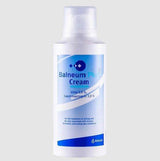




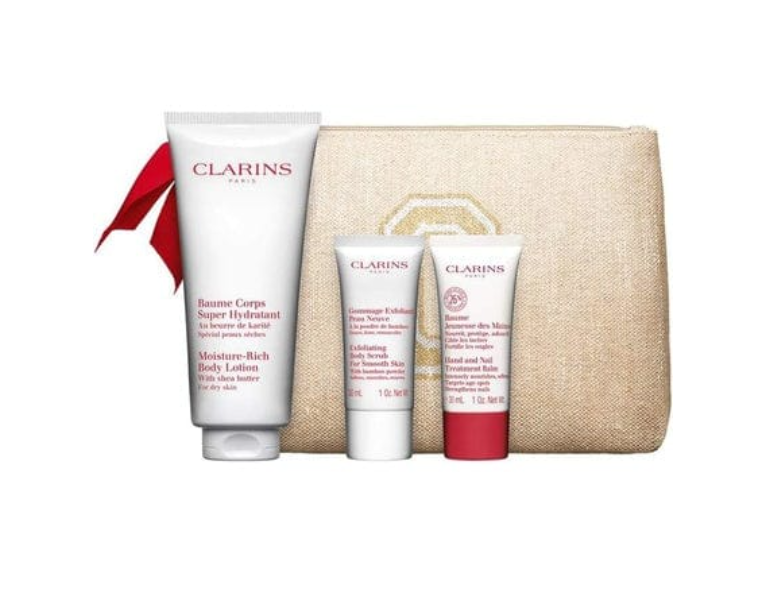
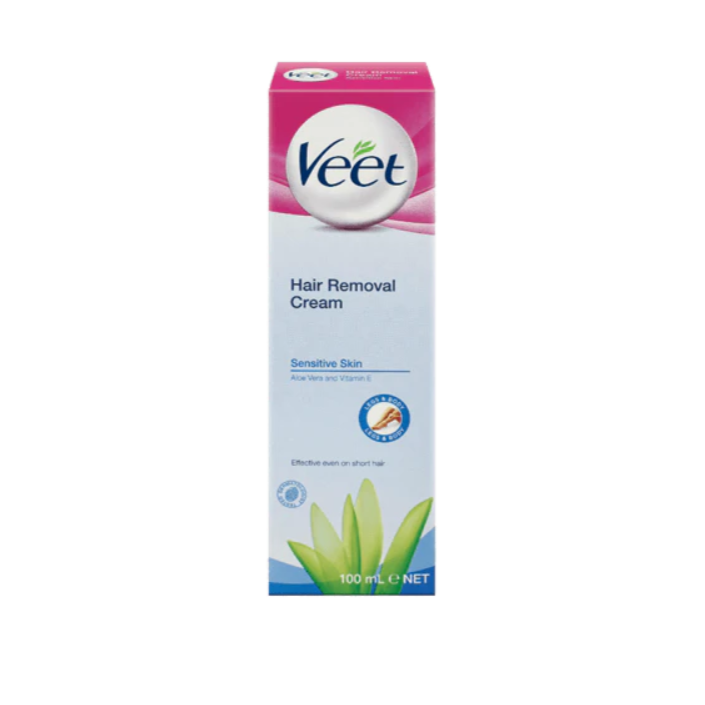
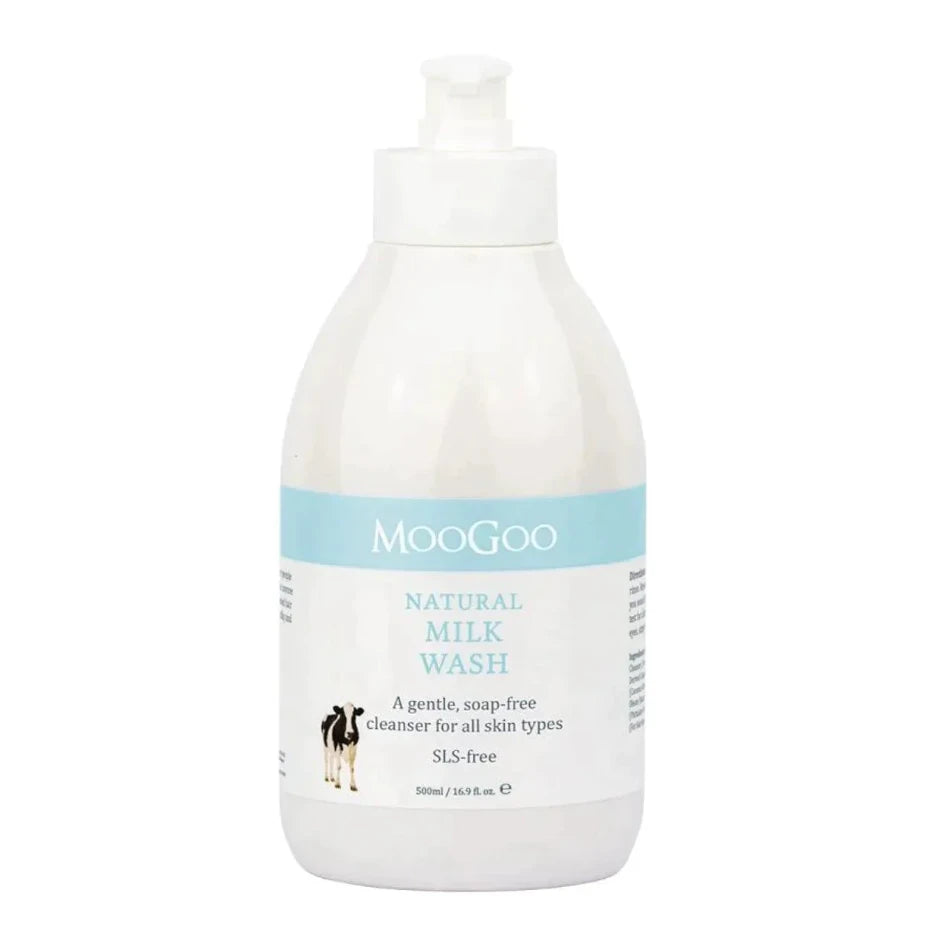




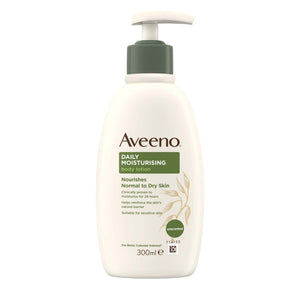






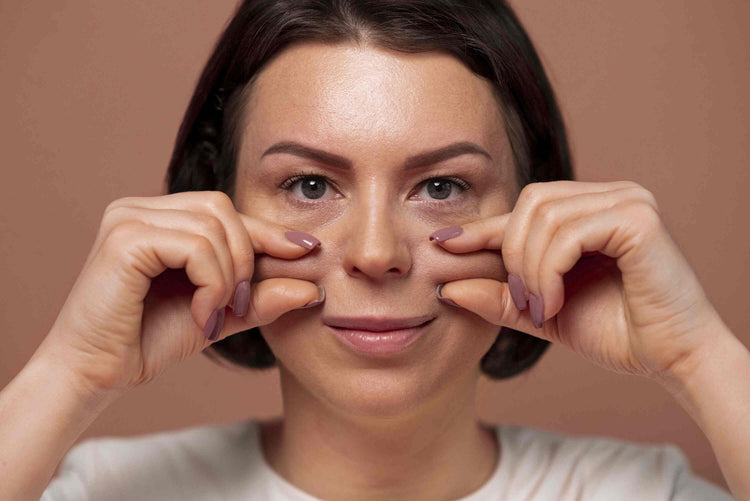

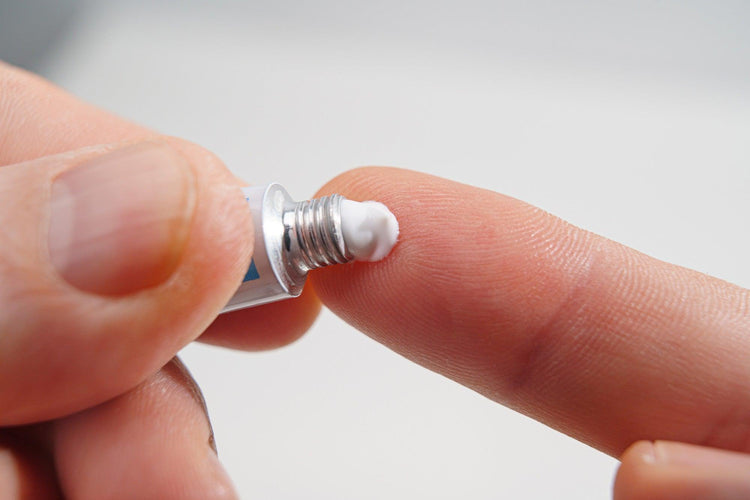



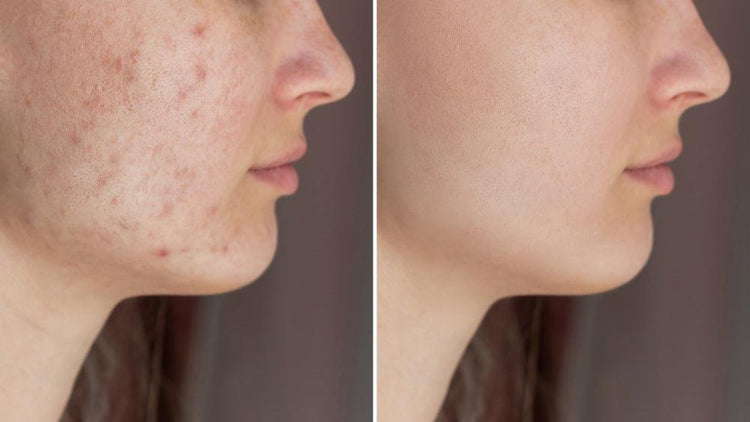
 Rated Excellent by 14,617+ Reviews
Rated Excellent by 14,617+ Reviews